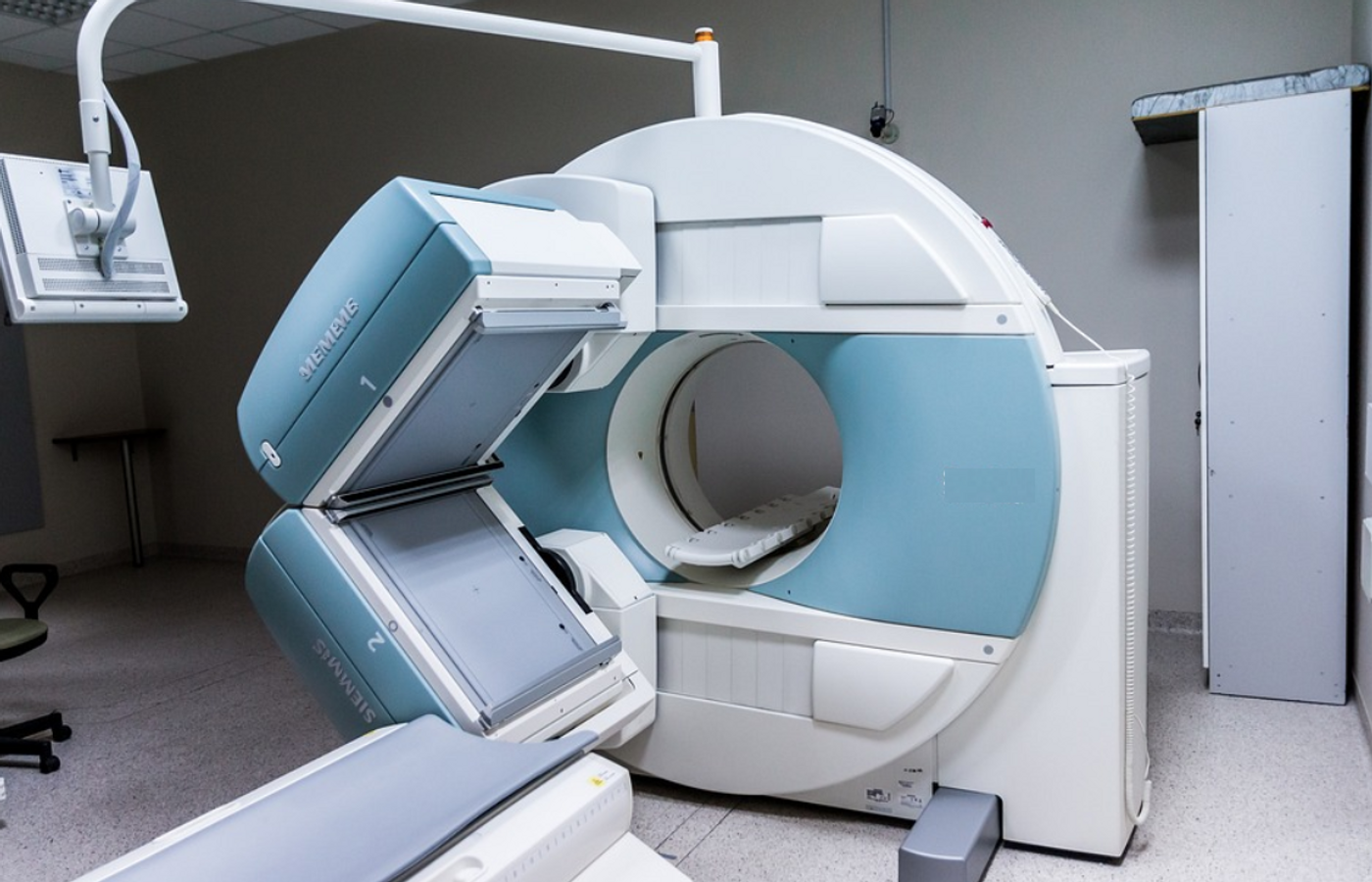Metal Nanoparticles in MRI Contrast Dyes Can Infiltrate Kidney Tissue
MRI scans are powerful diagnostic tools. In the 1990s they became commonly used, and contrast agents that contain the rare earth metal gadolinium were created to enhance the sharpness of the images. Gadolinium is a toxic metal, however, so it has to be linked tightly with other molecules so that it can be easily eliminated from the body by the kidneys. But new research using human and rodent samples has indicated that some gadolinium atoms escape from the contrast agents and get into the tissues of kidneys and other organs. The findings have been published in Scientific Reports.
In this study, the researchers used electron microscopy to examine specimens from five people who had gotten MRIs and received contrast agent injections. They compared these samples to patients who had not gotten contrast agents. Gadolinium deposits were in every specimen of kidney tissue from people who were exposed to contrast agents.
"I was astounded, because all five of those exposed to the contrast agent had gadolinium in them," said study leader Brent Wagner, MD, MS, an associate professor at the University of New Mexico.
"These are nanoparticles. They're actually forming nanomaterial inside these cells." We don't yet know why or how the gadolinium detaches from the chelating molecules.
Gadolinium does not have any biological function, but toxicity from the element may lead to nephrogenic systemic fibrosis in the worst cases. The disease affects the skin and organs, causes pain, and is often fatal. Some patients need to get organ transplants.
About 50 percent of MRI scans are performed with contrast agents that contain gadolinium, said Wagner. One thing we don't know is why some people get the disease but others don't.
"Patients have gotten the full-blown disease after just a single dose," said Wagner. "Some have gotten disease eight years after exposure."
The risk of disease seems to increase as exposure to the contrast agent increases, and gadolinium deposits accumulate, Wagner said. MRIs with no contrast agents can reveal gadolinium in the brains of some patients who have been previously exposed five times, added Wagner.
Wagner is concerned that gadolinium-based contrast agents are widely used and many physicians may not know of the risks. "Quite often, contrast is given where it's not needed, or maybe you don't even need an MRI."
In addition, gadolinium seems to be seeping into the environment. The MRI contrast agent is expelled through urine, so it can contaminate sewer systems, and wastewater treatment plants are not equipped to remove it, said Wagner. Gadolinium has been detected in drinking water as well.
Some researchers are trying to create safer contrast agent options, as described in the video above.
Sources: University of New Mexico Health Sciences Center, Scientific Reports









